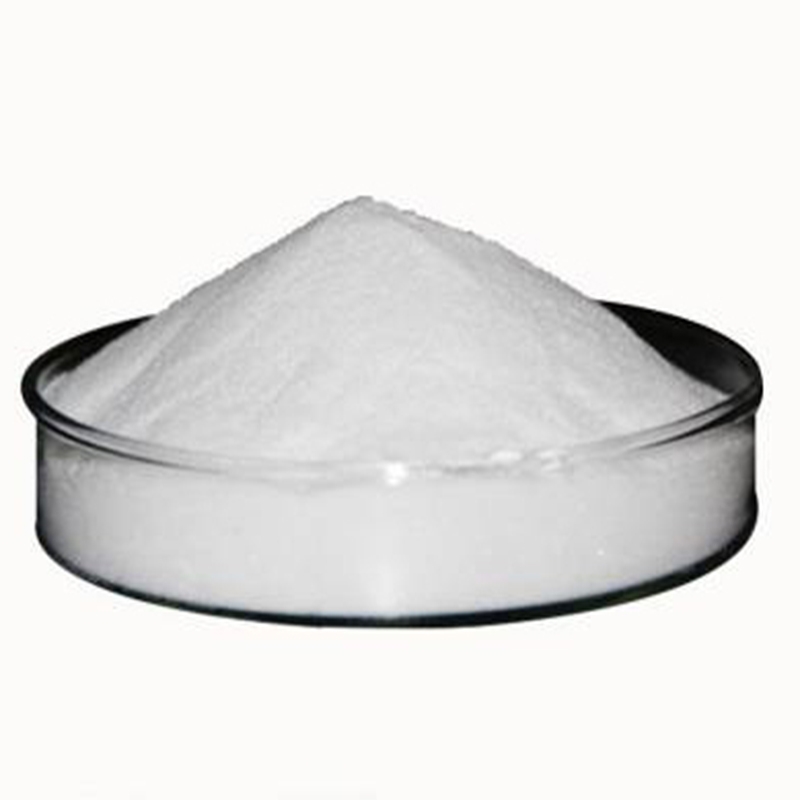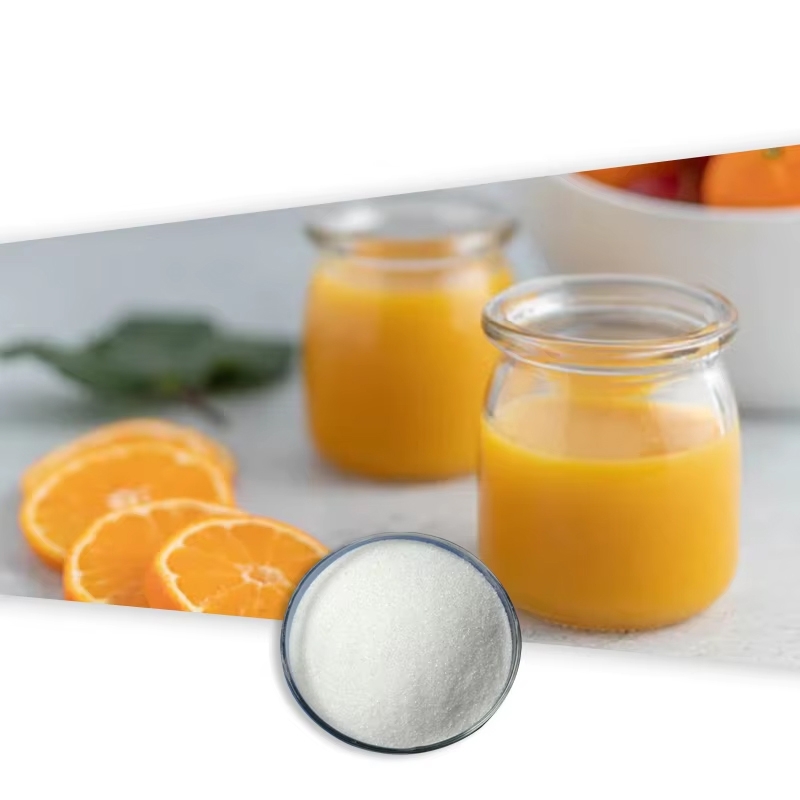-
Categories
-
Pharmaceutical Intermediates
-
Active Pharmaceutical Ingredients
-
Food Additives
- Industrial Coatings
- Agrochemicals
- Dyes and Pigments
- Surfactant
- Flavors and Fragrances
- Chemical Reagents
- Catalyst and Auxiliary
- Natural Products
- Inorganic Chemistry
-
Organic Chemistry
-
Biochemical Engineering
- Analytical Chemistry
-
Cosmetic Ingredient
- Water Treatment Chemical
-
Pharmaceutical Intermediates
Promotion
ECHEMI Mall
Wholesale
Weekly Price
Exhibition
News
-
Trade Service
"At present, the meat and duck feed in Shandong Province has basically achieved 'zero use' of corn and soybean meal, and the amount of feed used in the later stage of pigs has also been significantly reduced
.
" At the recent video conference held by the Ministry of Agriculture and Rural Affairs to promote the work of soybean meal reduction and substitution action, Du Minghong, second-level inspector of the Shandong Animal Husbandry and Veterinary Bureau, said
.
The results of "bean reduction" in Shandong Province are a reflection
of the good results achieved by the alternative action of reducing the amount of soybean meal.
In 2021, the proportion of soybean meal in the feed consumed by the national aquaculture industry will drop to 15.
3%, down 2.
5 percentage points from 2017, saving 11 million tons of soybean meal, equivalent to 14 million tons of soybeans, equivalent to more than 100 million mu of arable land output
.
In China, where per capita arable land is less than half of the world average, the importance of soybean meal reduction and substitution to national food security is self-evident
.
However, the proportion of soybean meal in feed falling to 15.
3% is not the end, and the space for "reducing beans" still exists
.
Leading enterprises are at the forefront of "reducing beans"
From the current situation of soybean meal reduction and substitution in the breeding industry, there are large differences in the proportion of soybean meal used in the whole industry, the proportion of soybean meal used by large-scale enterprises, and the proportion of soybean meal used by leading enterprises, which means that the alternative action of soybean meal reduction "has an example"
.
First of all, the proportion of soybean meal used by large-scale breeding enterprises is lower than the proportion
of soybean meal used in the whole industry.
According to statistics, in 2021, among the compound feed produced by 33 feed enterprises with a scale of more than one million tons in the country, the amount of soybean meal accounted for an average of 11.
8%, which was 3.
5 percentage points
lower than the industry-wide average of 15.
3%.
This means that the proportion of soybean meal in the whole industry needs to be further reduced, especially some small and medium-sized enterprises, through changing concepts, upgrading technology, and improving formulas, the space for reducing the proportion of soybean meal is
broader.
Some large-scale agricultural and animal husbandry enterprises among large-scale enterprises are also leading enterprises in
the industry.
They are at the forefront of the exploration of soybean meal reduction and substitution, and their soybean meal consumption accounts for a lower
proportion.
According to Qin Yinglin, chairman of Muyuan Food Co.
, Ltd.
, Muyuan's current soybean meal consumption accounts for only 7.
8%, and the reduction of soybean meal has reached 5.
84 million tons
.
Wen Food Group Co.
, Ltd.
has also achieved remarkable results in "reducing beans", reducing the amount of soybeans by about 1.
41 million tons in 2021, and from January 2021 to July 2022, the monthly proportion of soybean meal in Wen's feed formula is less than 10%, the lowest is March 2022, and the proportion of soybean meal is 4.
29%.
Xue Hua, chairman of Guangdong Haida Group Co.
, Ltd.
, said that Haida has reduced the proportion of soybean meal used in pig feed formula in the nursery stage to about 12%, and the minimum feed for growing pigs and piglets has been reduced to 8%, and some fattening pig formulas have been able to achieve zero soybean meal
.
Just enough protein
Since the 90s of the 20th century, China's industrial feed production has developed rapidly, affected by various factors, the domestic breeding industry began to mainly use corn, soybean meal as feed
.
The dependence on corn soybean meal feed formula has led to increasing dependence on domestic soybean imports, and due to the rich protein content of soybean meal, some farmers and feed producers and operators have formed a one-sided understanding, that is, the higher the protein content in the feed, the better
.
In fact, the protein in the feed is enough, too high will only cause waste
.
Animals need protein for growth, mainly to obtain essential amino acids
.
Formulating feed with conventional raw materials to ensure that all essential amino acids meet the needs of the animal inevitably leads to excess
protein in the feed.
By adding industrial synthetic amino acids to feed and making up for the shortcomings of nutrients in raw materials, the amount of protein in feed can be effectively reduced and protein waste
can be avoided.
It is understood that Wen Group uses low-protein multi-amino acid balance technology to add 5-7 kinds of amino acids to chicken, pig and duck formulas, reducing crude protein by 1-2 percentage points, the proportion of soybean meal decreased by about 3-6 percentage points, environmental nitrogen emissions were reduced by 10%-20%, and formula costs were reduced by 20-50 yuan
per ton.
To promote low-protein diet formulas, amino acid biological fermentation technology has become one of
the keys.
It is understood that Makihara has successively introduced lysine, methionine, threonine and other products since 1993, and is currently developing biological fermentation production technology for amino acids to reduce the cost
of amino acids.
"Makihara's next goal is to combine the application of amino acids and continue to reduce the proportion of soybean meal used, from the current 7.
8% to 5%, 3%, 2%, and 1%, until pigs
are raised without soybean meal.
" Qin Yinglin said
.
The development potential of unconventional feed raw materials is large
In the history of livestock and poultry breeding in China, soybean meal as the main feed has only a few decades of history, not the natural protagonist
.
In the context of food security, combined with the market reality of high soybean prices, the development of unconventional feed raw materials can completely replace soybean meal
to a considerable extent from the perspective of feed cost and nutrition.
In order to accelerate the mining and utilization of feed protein substitute resources, the Ministry of Agriculture and Rural Affairs has carried out the pilot of directional use of table surplus food feed, the pilot of the application of fur animal carcass feed, and promoted the safety assessment
of feed application of dead livestock and poultry carcass hydrolyzed complex amino acid products.
Various feed resources
are also being developed according to local conditions.
Du Minghong introduced that Shandong Province is developing and utilizing feed resources such as forests and grasses, microorganisms, insects, etc.
, developing pretreatment technology for biological fermented feed and feed raw materials, and increasing the proportion of
feed used in grain and oil processing by-products and other miscellaneous meal, agricultural and sideline products.
In Shandong Province, each region is also developing sources of feed raw materials according to its own location and industrial advantages, such as Weifang, Qingdao, Linyi and other cities to fully tap the advantages of cash crop planting and processing, and use fermented fruit pomace, vegetable tail vegetables and other wastes to ferment to produce feed raw materials; Linyi, Tai'an and other cities have developed protein mulberry, Jerusalem artichoke, tree formation and other forest and grass planting and processing feed; Weifang, Linyi and other cities have also actively developed the production of animal fat and meat and bone meal from slaughter by-products instead of energy and protein feed
.
Guangdong Province makes full use of the diverse crop resources in the south, expands local raw material sources, tries to develop unconventional feed resources such as okara, pineapple pomace and lychee residue, and carries out local available feed resources investigation and evaluation
.
It is reported that from January to August this year, the consumption of soybean meal, a bulk raw material in the feed industry in Guangdong Province, changed the trend of continuous growth in previous years, and the use of soybean meal decreased by 5.
67% year-on-year, and the use of coarse grains and miscellaneous meal increased significantly
.
In feed production enterprises and breeding enterprises, more and more unconventional feed ingredients are incorporated into feed
formulations.
Liu Yonghao, chairman of New Hope Group, said that the company's raw material formula database contains more than 200 kinds of non-raw food feed raw materials and more than 30 kinds of non-soybean meal protein raw materials
.
The development of a high-quality forage industry can also reduce the amount of corn and soybean meal used in the process of
cattle and sheep farming.
The Ministry of Agriculture and Rural Affairs formulated and issued the "14th Five-Year Plan" National Forage Industry Development Plan, which continues to promote grain conversion to feeding, increase the supply of high-quality forage such as silage corn and alfalfa, and also promote the "bean reduction" action to reduce the consumption of concentrate feed for
cattle and sheep breeding.
(Editor Li Chuang)







